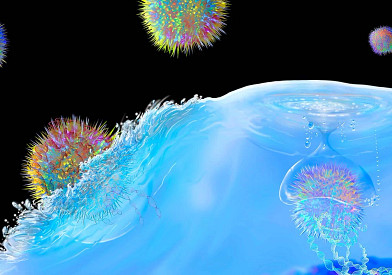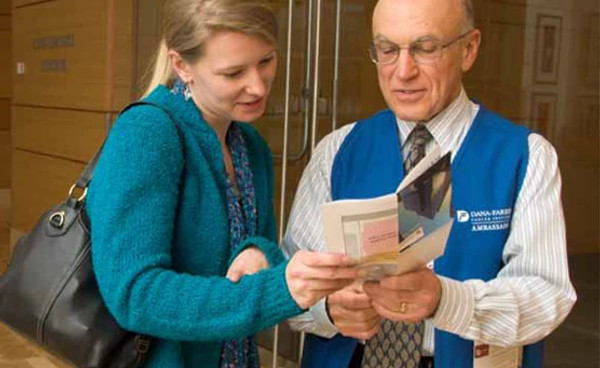At the BPDCN Center at Dana-Farber Brigham Cancer Center, our mission is to combine world-class patient care with leading-edge research – to provide highly effective, personalized treatment options for patients with blastic plasmacytoid dendritic cell neoplasm (BPDCN). BPDCN is a rare and aggressive hematologic malignancy that affects fewer than 1,000 people each year. Our center is one of the first in the U.S. to focus on care and research for patients with BPDCN.
As part of Dana-Farber Brigham Cancer Center's Hematologic Oncology Treatment Center, the BPDCN Center is staffed by a multidisciplinary team of medical oncologists, pathologists, dermatologists, and other specialists dedicated to providing exceptional care to patients with this disease.
About BPDCN
Blastic plasmacytoid dendritic cell neoplasm (BPDCN) is a rare and aggressive hematologic malignancy of the bone marrow and blood that can affect other organs such as the lymph nodes, spleen, central nervous system, and skin. In fact, skin lesions are present in most patients with BPDCN. These skin lesions are often a deep purple color, and patients often develop multiple lesions. More men than women are diagnosed with BPDCN (~4:1 ratio), and it is most common in patients age 60 years and older.
Patients with BPDCN demonstrate disease characteristics that are similar to certain types of leukemia or lymphoma. Therefore, an accurate pathologic diagnosis is important for patients to receive the best care. Our hematopathologists are experienced in the techniques and testing necessary to accurately identify BPDCN.
BPDCN can also evolve from prior myelodysplastic syndrome (MDS) or chronic myelomonocytic leukemia (CMML), so patients with those diseases and skin lesions should be specifically evaluated for BPDCN.
Previously referred to as blastic NK cell leukemia and agranular CD4+/CD56+ hematodermic neoplasm, BPDCN was officially named by the World Health Organization in 2008.
Signs and Symptoms
Common signs and symptoms of BPDCN include:
- Deep purple skin lesions
- Fatigue
- Fever
- Night sweats






